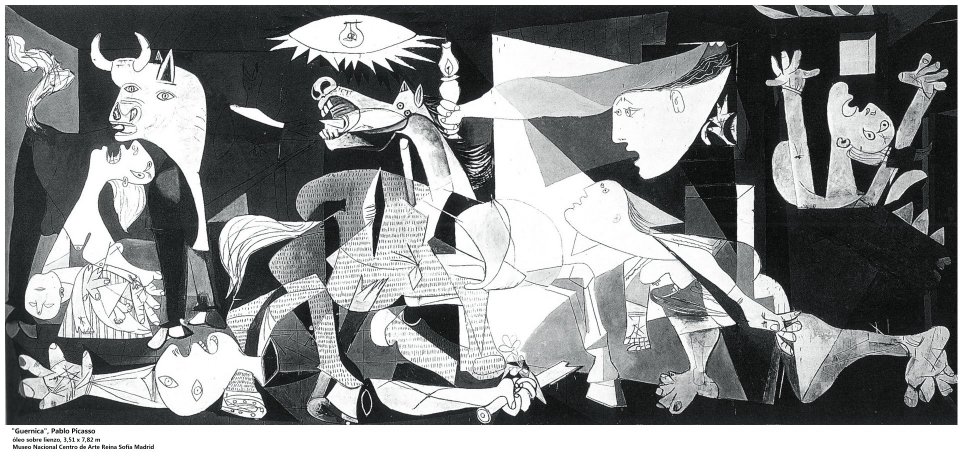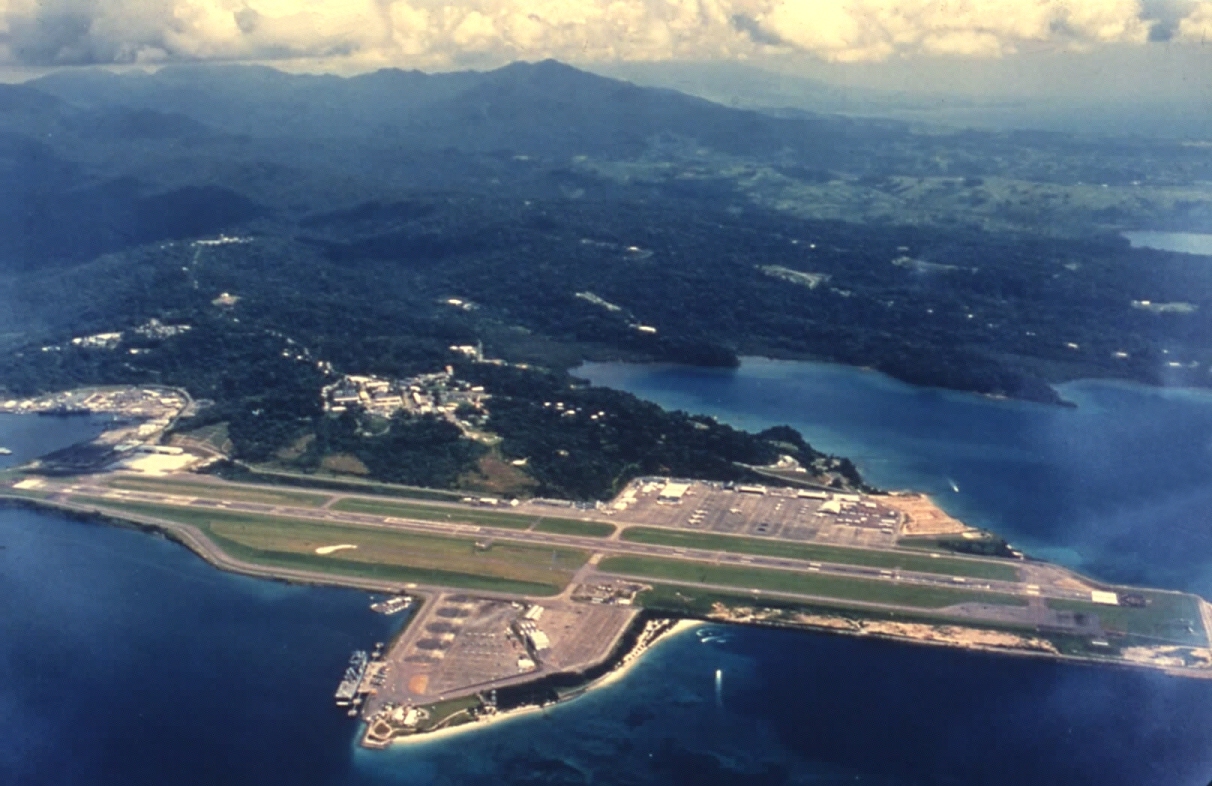Post 1 of a three part series on Art, War, and Healing
I started this thinking it would be one post, but as I delved into my thoughts and did more research I realized it would be more than one post. Our world seems in turmoil at the moment, perhaps no more than in the past, but with instant news from all corners of the world it seems worse than ever before. We are overwhelmed by constant news of violence, trauma, and conflict globally. I think it is worth us looking at how we as artist portray violence, grief, turmoil, death, and our propensity as a species to have wars and kill each other. It is also worth our while to look at how art not only reflects what is happening, but also how it we need art to help to heal and make sense of our world. Join me in this look and be feel to contribute at any time in our discussion.
Picasso's Guernica will alway be a poignant work of art that lives in my mind. When I first studied art history in college and we would see two to three hundred slides a week, I don't think I grasp more than knowing Picasso's piece was a masterwork to be memorized. With experience in life, the piece has become a defining seminal art work for the violence man inflicts on man…the inhumanity man brings to other men. I think it portrays not only the horror of war, but senselessness of war in which women and horses and children are killed as well.
The Vietnamese war changed my view of war and those I saw affected by it. I was a young teacher assigned to Subic Bay Naval Base teaching art to 4-6th grades. We were a main support base for the arms for the Navy for the Viet Nam war. The first year I arrived we were still an active war base. I met men going to war, and men who came back for R&R. There were naval officers and enlisted, marines, and civilians all on the base. The base sat at the edge of the jungle. All kinds of ships, carriers, and boats were constantly going in and out of port. There was also a Naval Air Field called Cubi Point which flew missions to Viet Nam.
The base was not large like Clark AFB, but a smaller community of people, so everywhere you went you were surrounded by people involved in war one way or another: the dinning halls and restaurants, the movie theater, the base beaches, the BX and
Commissary, the library. One way or another you met the men going in and out of conflict. Some needed to tell their stories and some couldn't talk about what they experienced, but just needed to spend time with someone from home. Many men I met and befriended did not come back from war. I ate dinner with a fraternity brother of my brother at Cubi point, a wonderful meal and visit. He was a pilot who was on his way to Vietnam, his plane was shot down not long after and he was killed.
The worse thing about the Vietnamese war was that it was so unpopular in our own country. The men that served did not all volunteer, it was a time of the draft and when your number came up you went whether you wanted to or not.
The war was not backed by congress and the nation was in uproar over its purpose and need. As a result these soldiers, who were like any soldiers in any war exposed to violence and horror, were not respected nor loved by their country. Today it is hard to imagine. The military is so well thought of, and highly respected today. People are thankful for the their service and sacrifice.
Not so, during the Vietnamese war. These men were looked down upon, and shamed upon returning home. Not only were they shamed, but because of the confusion and turmoil at home and in congress about the war, the men were often left in the field without adequate back up. We were being out fought by a lesser army, and out thought. Our young men from the fields of Georgia, Alabama, Mississippi, and small towns from West Virginia to Texas died in those jungles and the ones who survived came home to a nation who were ashamed of them and detested them. The war they were told was necessary, but the country became to believe the war was unjust and rejected it and the men who served there, fairly or not.
I started this thinking it would be one post, but as I delved into my thoughts and did more research I realized it would be more than one post. Our world seems in turmoil at the moment, perhaps no more than in the past, but with instant news from all corners of the world it seems worse than ever before. We are overwhelmed by constant news of violence, trauma, and conflict globally. I think it is worth us looking at how we as artist portray violence, grief, turmoil, death, and our propensity as a species to have wars and kill each other. It is also worth our while to look at how art not only reflects what is happening, but also how it we need art to help to heal and make sense of our world. Join me in this look and be feel to contribute at any time in our discussion.
Picasso's Guernica will alway be a poignant work of art that lives in my mind. When I first studied art history in college and we would see two to three hundred slides a week, I don't think I grasp more than knowing Picasso's piece was a masterwork to be memorized. With experience in life, the piece has become a defining seminal art work for the violence man inflicts on man…the inhumanity man brings to other men. I think it portrays not only the horror of war, but senselessness of war in which women and horses and children are killed as well.
 |
| Guernica by Pablo Picasso from google image, only for education |
 |
| By photo journalist Eddie Adams from google image for education only |
The Vietnamese war changed my view of war and those I saw affected by it. I was a young teacher assigned to Subic Bay Naval Base teaching art to 4-6th grades. We were a main support base for the arms for the Navy for the Viet Nam war. The first year I arrived we were still an active war base. I met men going to war, and men who came back for R&R. There were naval officers and enlisted, marines, and civilians all on the base. The base sat at the edge of the jungle. All kinds of ships, carriers, and boats were constantly going in and out of port. There was also a Naval Air Field called Cubi Point which flew missions to Viet Nam.
 |
| Cubi Point Naval Air Field Subic Bay, Philippines |
 |
| Subic Bay Naval Base with Carrier at Port |
The worse thing about the Vietnamese war was that it was so unpopular in our own country. The men that served did not all volunteer, it was a time of the draft and when your number came up you went whether you wanted to or not.
The war was not backed by congress and the nation was in uproar over its purpose and need. As a result these soldiers, who were like any soldiers in any war exposed to violence and horror, were not respected nor loved by their country. Today it is hard to imagine. The military is so well thought of, and highly respected today. People are thankful for the their service and sacrifice.
Letters from home tell about how the country disrespects the soldiers and the war,
this soldier feel utterly rejected and alone.
from google image for education only
|
Not so, during the Vietnamese war. These men were looked down upon, and shamed upon returning home. Not only were they shamed, but because of the confusion and turmoil at home and in congress about the war, the men were often left in the field without adequate back up. We were being out fought by a lesser army, and out thought. Our young men from the fields of Georgia, Alabama, Mississippi, and small towns from West Virginia to Texas died in those jungles and the ones who survived came home to a nation who were ashamed of them and detested them. The war they were told was necessary, but the country became to believe the war was unjust and rejected it and the men who served there, fairly or not.
 |
| Australian troops pinned down in battle artist unknown from google for education only if you know this artist I would like to give him credit. |
| These men have had a life time of healing to do, not only for dealing with the horrors of war, but managing the shame and disrespect a nation inflicted on them when they came home. In another war they would have come home heroes, but not this one….and they would suffer and they did. But they were not the only ones who suffered. Both sides suffered, the North Vietnamese and the land, the animals and all of Vietnam. People get caught in wars, they just happen to live where the conflict is, whether it is Egypt, Syria, Afghanistan, Iraq, Cambodia, or Korea. No one wins in a war, people die, people are maimed, animals are injured or killed, the land is scared and everyone is marked psychologically forever. |
 | |||||||
Viet Nam War The horrors of war from google for education only
Art helps us see the inhumanity, as in Guernica and the work of the photojournalist below. Art also helps us to cope with the event, the drama, the pain, and in the years that follow the memories that will haunt those involved for a life time. Some of the pain was inflicted upon us, and some of the pain is what we inflicted on other human beings. When we look up close and personal at war and what we did to other humans, whether enemies or friends, it is just too difficult for us to accept that we may be responsible for such horror and violence.
This image below of a little naked girl running down the road being bombed shocked the world of the senseless violence of war that befalls the children caught in the conflict. These children's village was hit by a napalm bomb which scorches the Earth and every thing on it where if lands. These children are running from their village that has just been bombed and the young girl in the center has had her clothes burned off of her. The napalm is like a hot jell that sticks to the body and continues to burn.
|






No comments:
Post a Comment